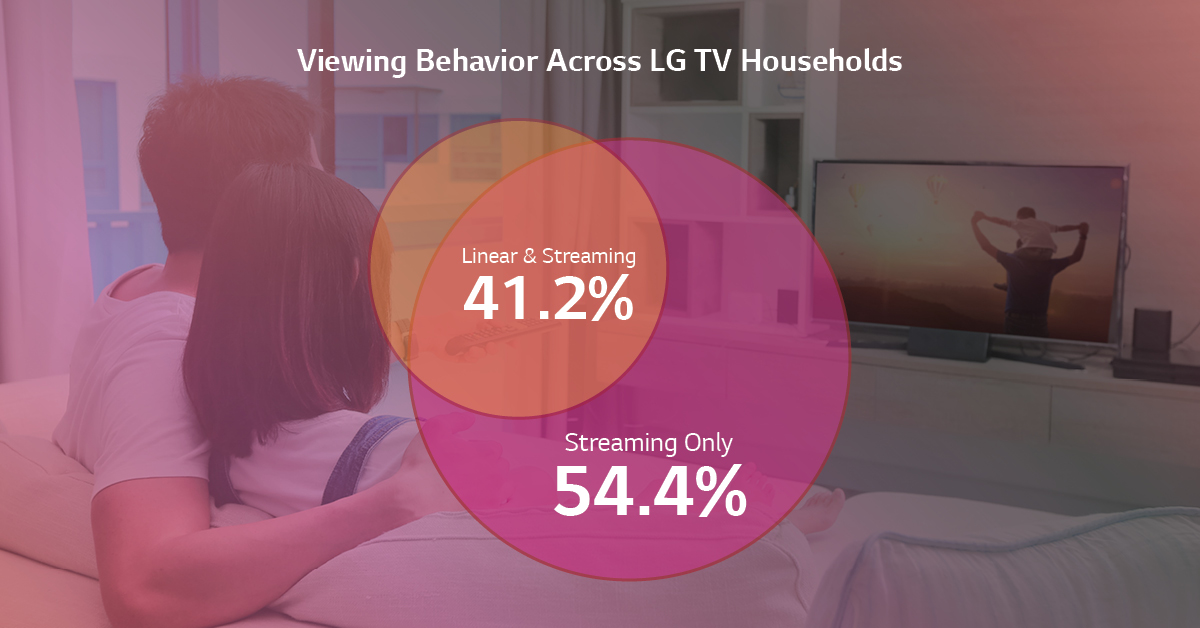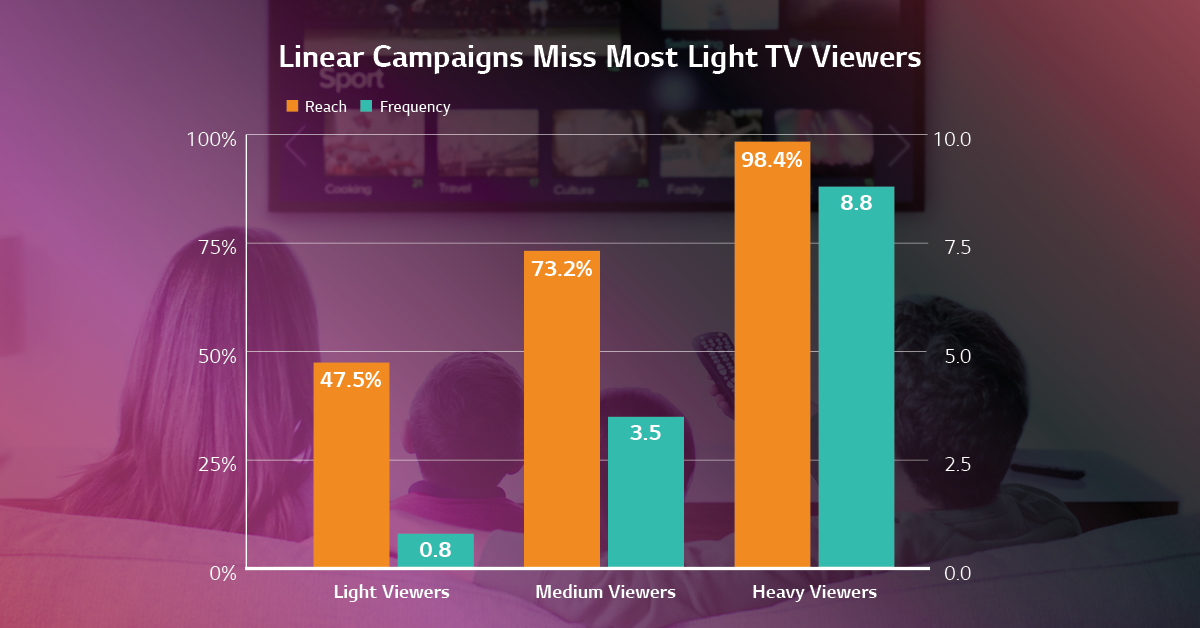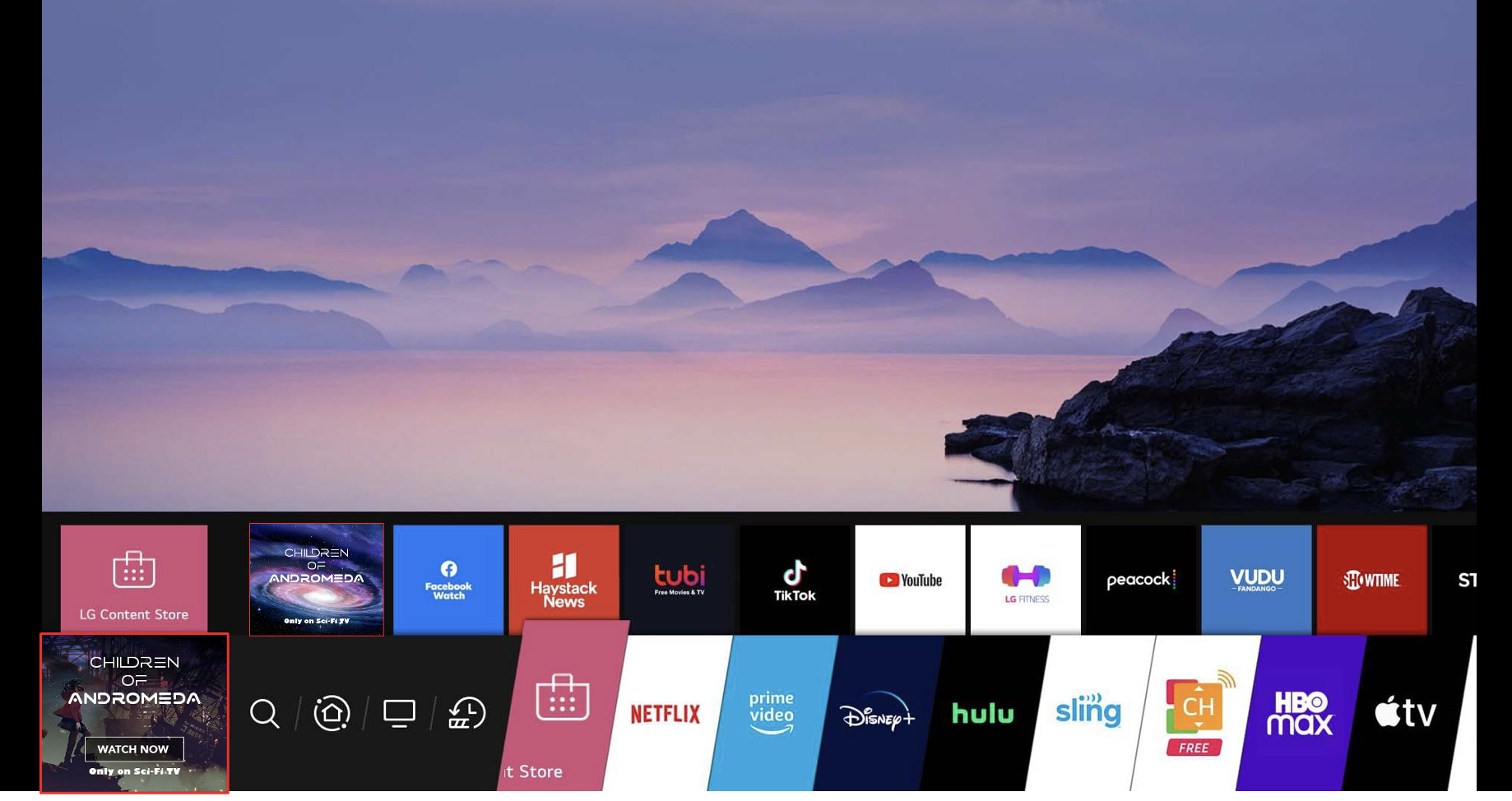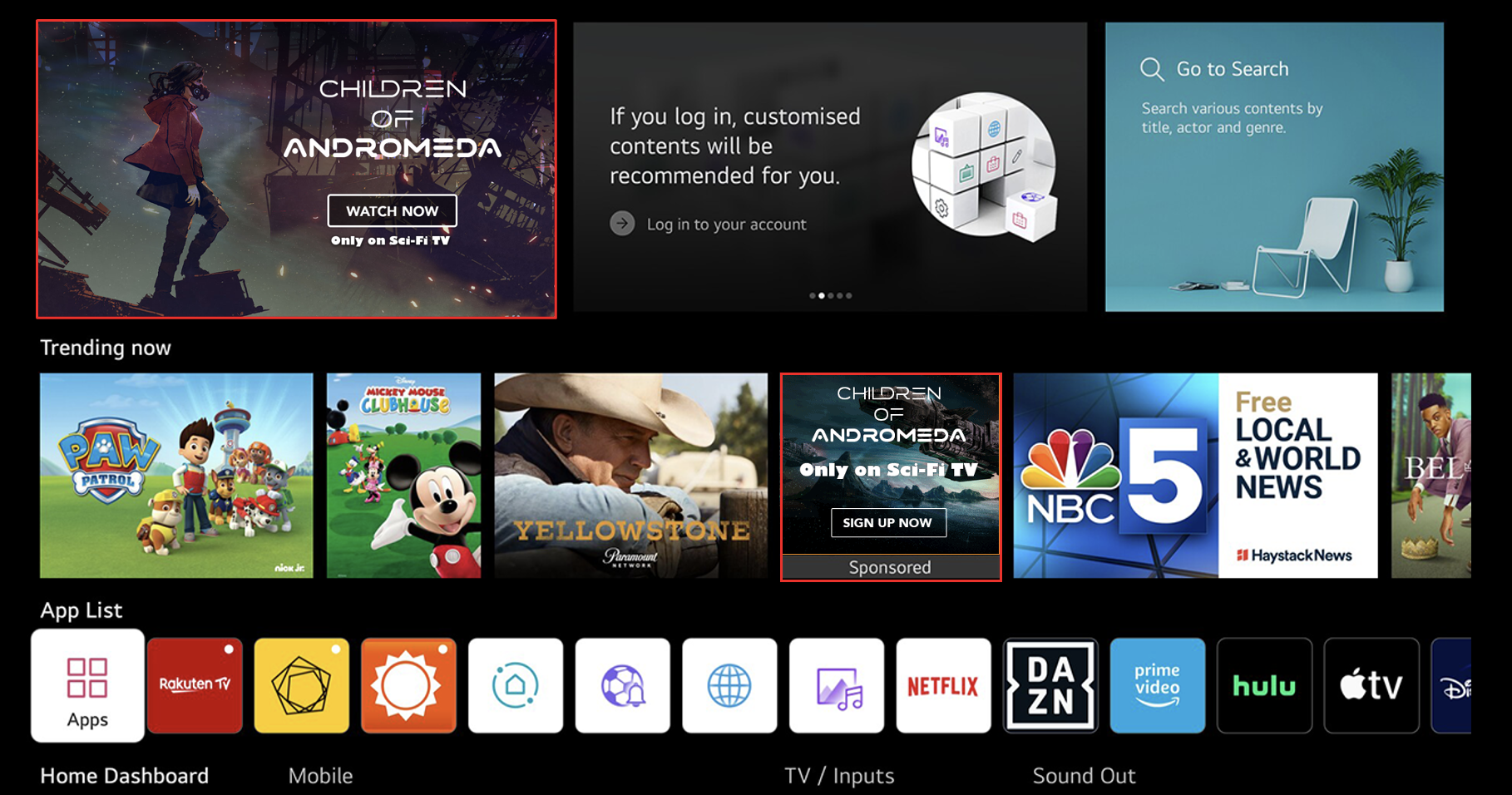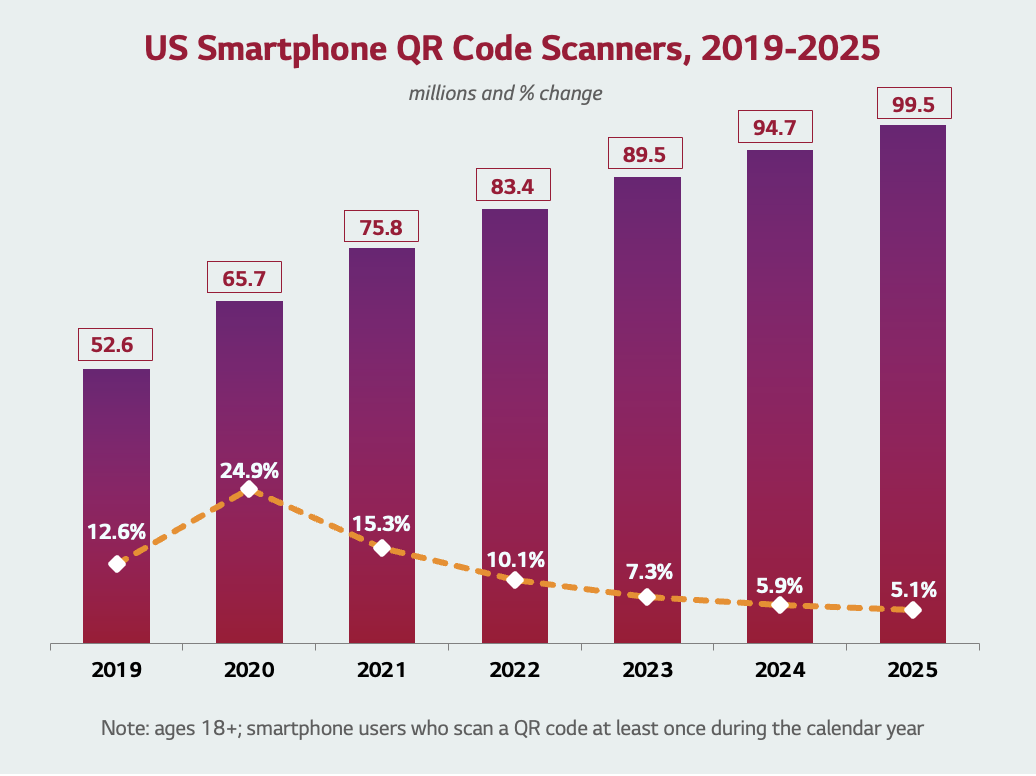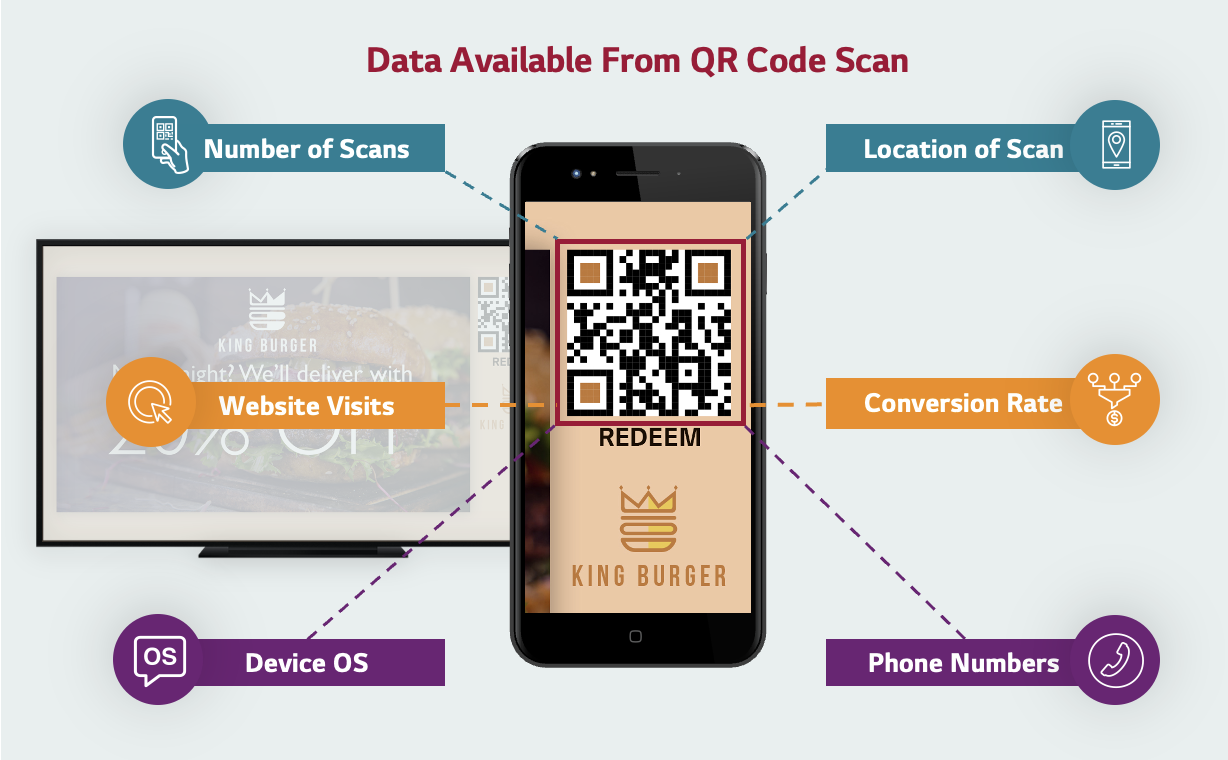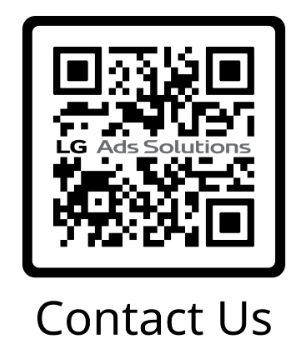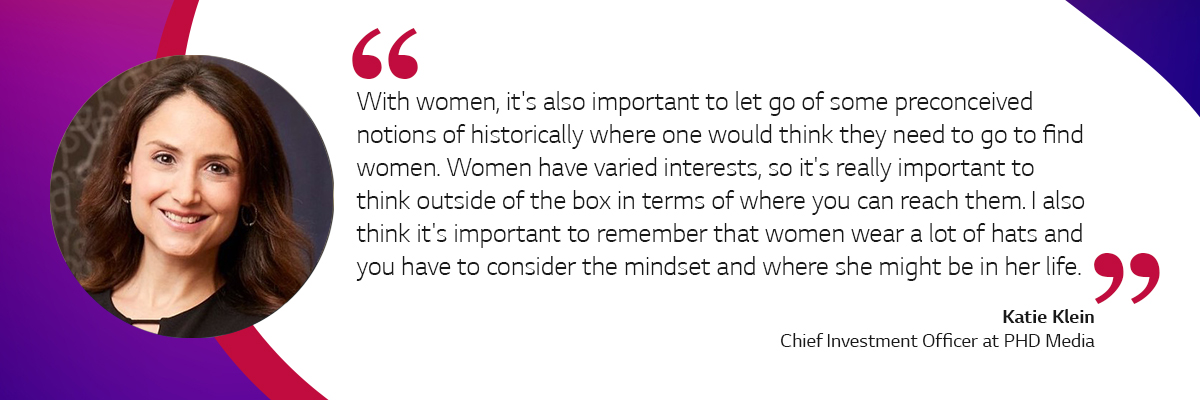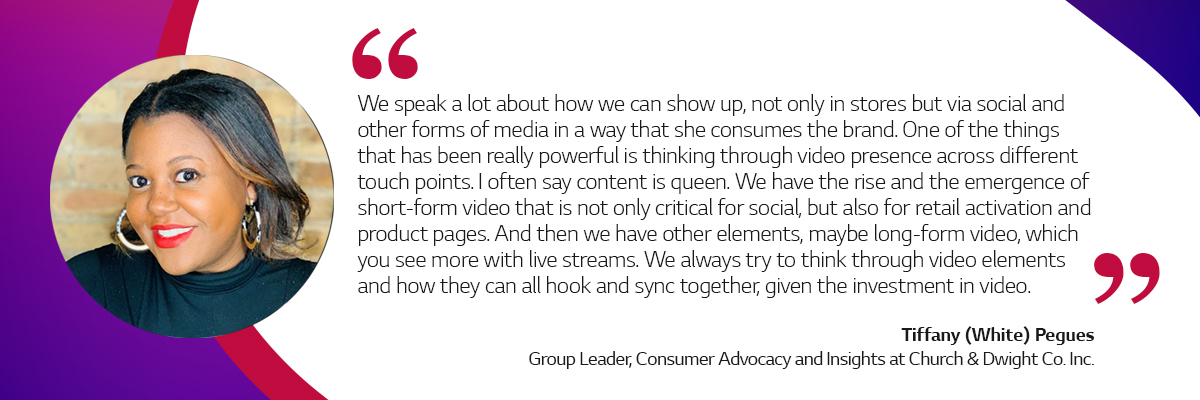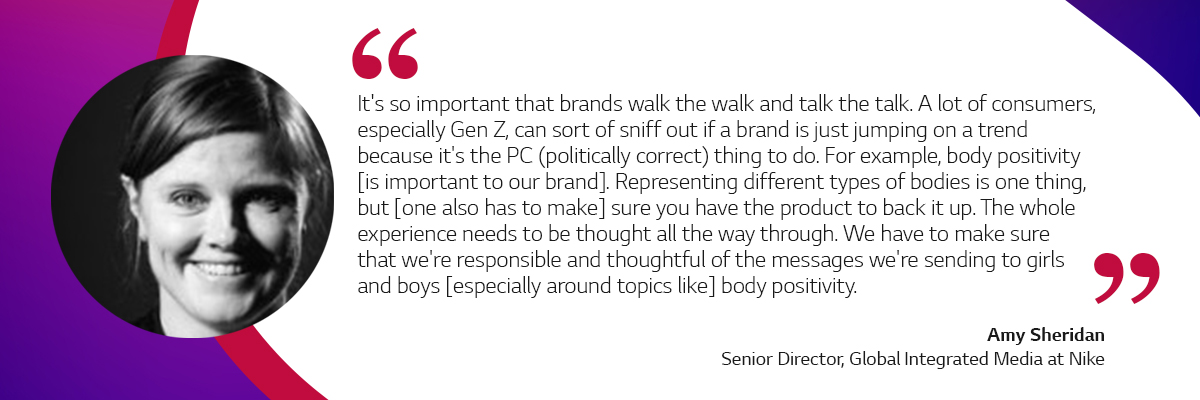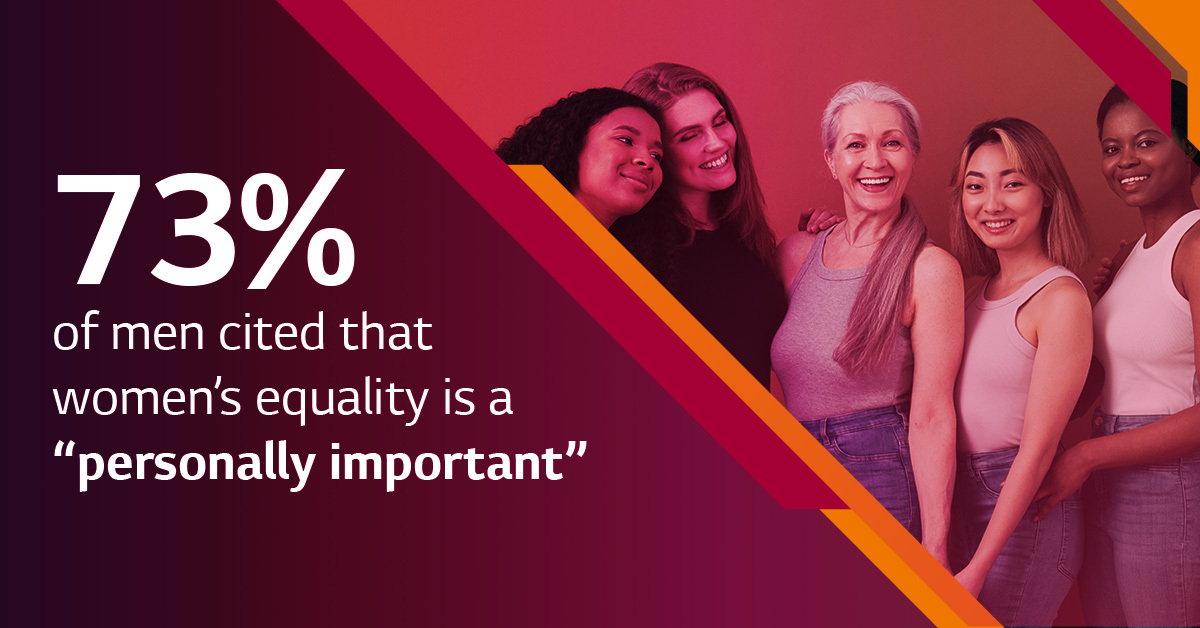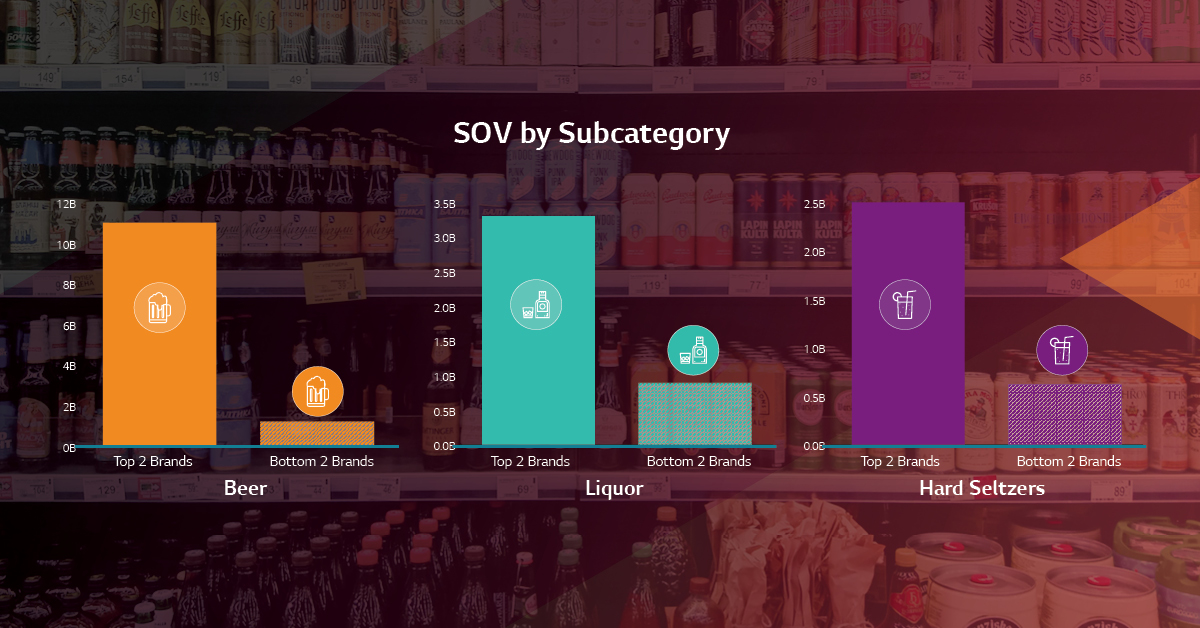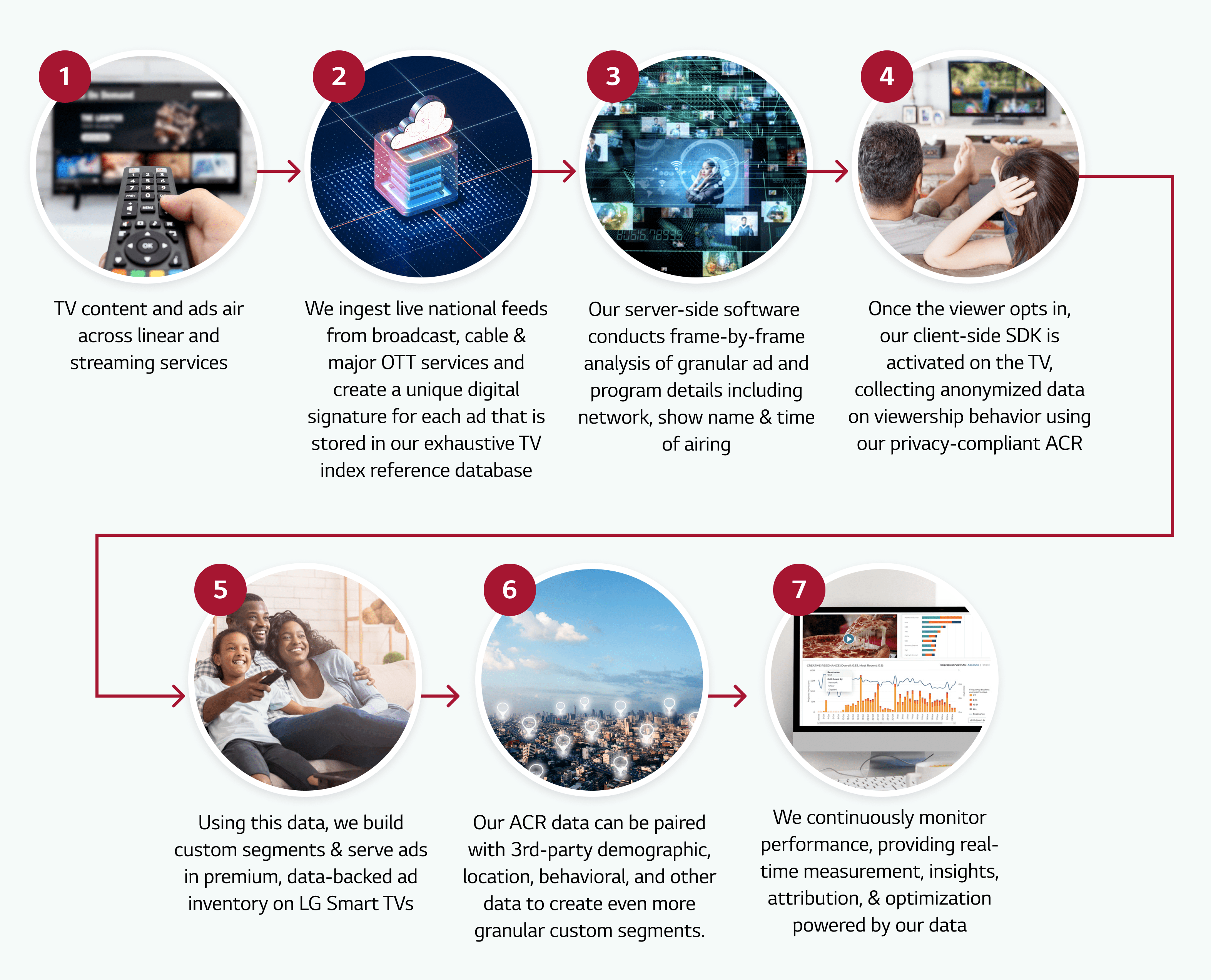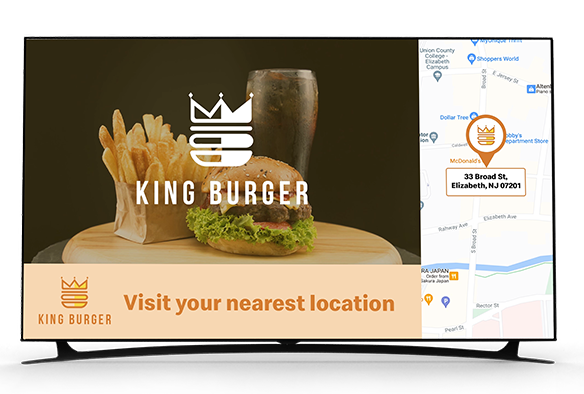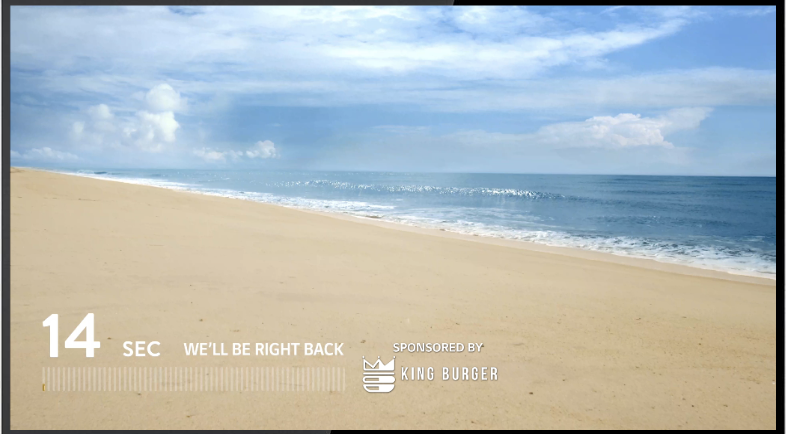The estimated number of people who identify as Asian in the United States in 2020 was a whopping 24M, accounting for over 7% of the total US population (Census, 2020). The fastest-growing ethnic group in the US, this segment’s annual purchasing power is well over $1 trillion. Connecting with this community should be a priority for brands and there are multiple channels through which brands can reach this audience. A common link between the various nuanced Asian American audience groups is an affinity for TV and video content. According to Kantar, Asian Americans spend an average of 27+ hours per week watching TV and video content, with a significantly higher portion of this time spent viewing streaming content. (Nielsen)
Last month, we held a webinar centered around authentically representing and connecting with AAPI TV audiences. Featuring leaders of top content platforms that specifically focus on AAPI audiences, this webinar hits on all the crucial ways to engage with this ethnically and racially diverse group. Our panel included Dan Sakaya, President and COO at Crossings TV; Joon Seok Lee, Co-Founder & VP of Advertising at ODK Media. Inc; Jaewon Chung, Head of Global Partnerships at KOCOWA, and our Director of Sales, Allison Lo.
If there are three key messages any brand looking to connect with this audience must remember, they are:
- TV Time = Family Time: According to Pew Research, about a quarter of Asian Americans live in multi-generational households. With parents, grandparents and children living under the same roof, language plays a huge role in connecting with these audiences and also helping them connect with each other. Younger generations may watch content in a specific Asian language and English. However, older generations may prefer to watch only in their traditional language. Watching TV together is a way to spend time as a family, and it is important that the content be understood by all generations, in the language they prefer to view content. Additionally, parents may also prefer in-language content for their children to help them engage with their culture at a deeper level. For Asian Audiences, there is a deep emotional connection that arises from seeing people who look like them on the screen and hearing them converse in the same language they speak at home.
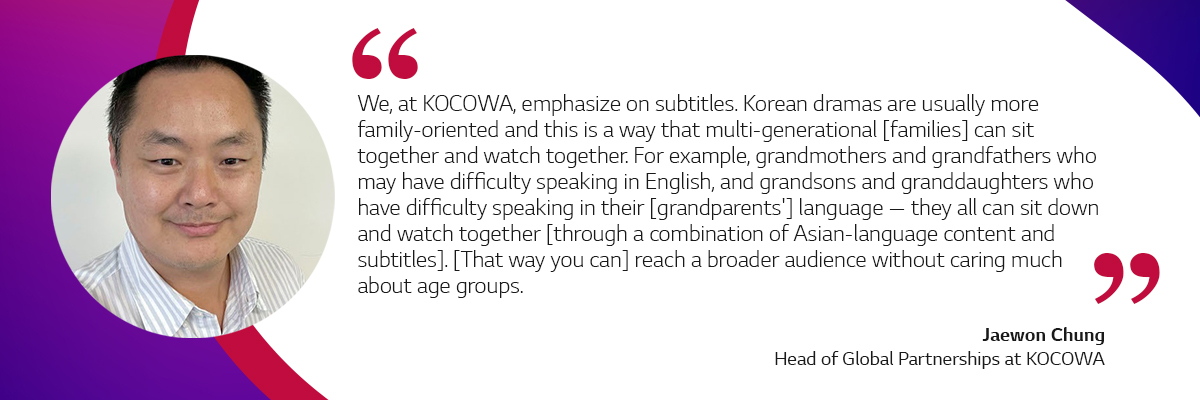
- There is no one platform: There is no singular platform that caters to all AAPI audiences. AAPI audiences are one of the most diverse sects of US society, with community members having roots in India, Japan, Vietnam, Korea, China and other Asian countries. They cannot be put into a single bucket. Marketers have to be specific in their strategies to reach these audiences without falling into the trap of tokenism. Research into this segment’s nuanced culture and heritage is required for every campaign. While this may seem overwhelming, there are expert platforms and agencies that can help brands connect with AAPI audiences in meaningful ways. Moreover, having members from within the AAPI community in leadership positions is crucial for developing creative and messaging that resonates with this group.
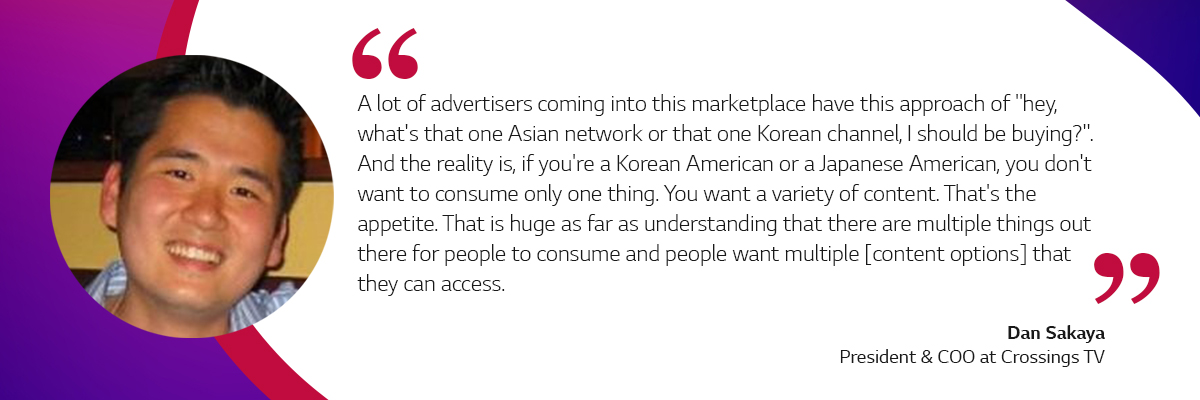
- Streaming Content For The Win: According to Horowitz Research, 8 in 10 (78%) Asian TV content viewers are streamers, compared to 65% of TV content viewers overall. Among those who watch content in Asian languages, 59% frequently access Asian-language content via streaming. With smart TV OEMs like LG, marketers don’t have to guess which channels and platforms AAPI audiences are viewing, but can use ACR data to understand who these audiences are, what they watch, and develop strategies to target them. Brands can overlay this data with niche insights about the AAPI audience to position themselves to reflect this group’s unique values and beliefs, while authentically representing their culture.
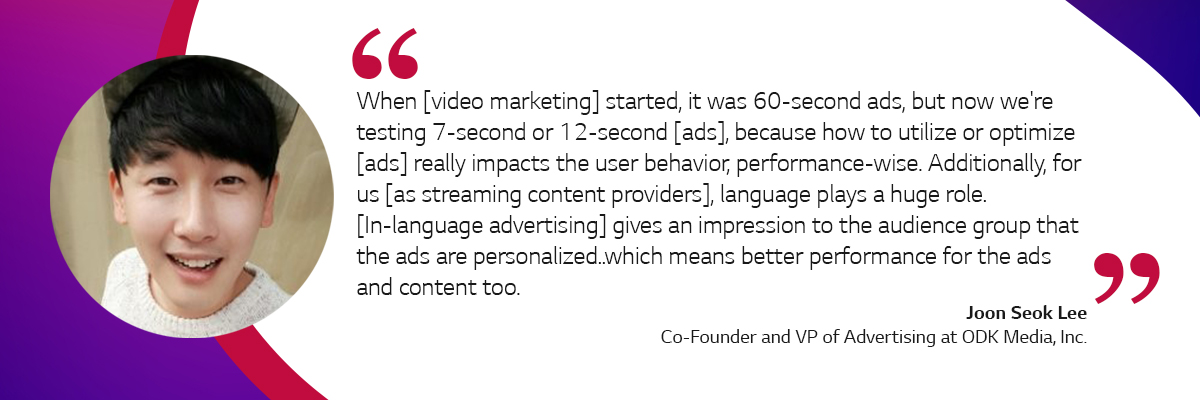
Today, even mainstream streaming providers have Asian-language content on their platforms. This programming attracts not only Asian American audiences but also the general market , showing the true cross-cultural appeal of the content. However, it is not enough to simply place ads within these Asian-language shows and movies. To successfully market to and engage with the AAPI audience, brands must create specific content and advertising campaigns that connect with these audiences on a deeper, emotional level. To learn more about how you can better reach and speak to this audience, watch our full webinar or contact us at info@lgads.tv.
Watch the full webinar on-demand:

